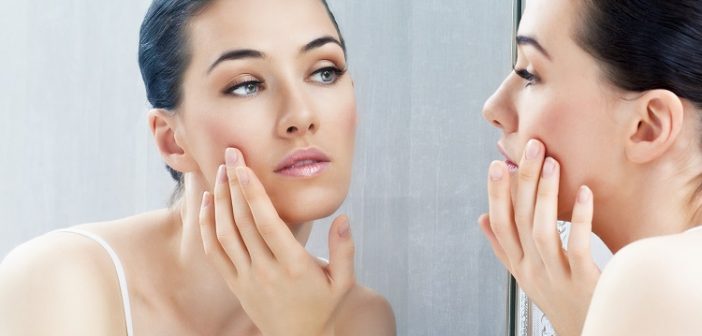Youngsters have a craze for makeup. Different brands are emerging gradually to cater to the needs of the generation. However, you might see that the use of glycolic acid has enabled women to come out of their use of salicylic acid and benzoyl peroxide and brush off flakes caused by retinol and finally be able to go out without minimum makeup. People increasingly understand the effect of glycolic acid in their day to day life. You can get different variants of glycolic acid products from vivianewoodard.com.
The significant advantage of glycolic acid lies in the fact that it does more than just treating breakouts. The ingredients can handle dullness, hyperpigmentation, and signs of skin aging, such as wrinkles and lines, without breaking a sweat.
What is it that makes Glycolic acid so demanding?
Glycolic acid is a type of alpha-hydroxyl acid that is derived primarily from sugarcane. It also combines other acids like citric acid, lactic acid, and tartaric acid, coming mainly from citrus fruits.
- Glycolic acids are known for their simple structure and small molecular weight, helping it to penetrate easily into the skin and make a super effect.
- Glycolic acids are exfoliant, which helps to shed dead cells. It also helps to reveal the newer, brighter layer underneath.
- The stratum corneum consists of tightly packed dead skin cells. Glycolic acid works on these and tries to loosen the ties.
- By stimulating collagen, it helps skin to feel firmer and reduce fine lines and also wrinkles. It also creates a soothing effect on the surface.
How should you imbibe Glycolic Acid in your beauty routine?
- You should start with a small quantity if you have acne-prone and sensitive skin. Also, you can use it with a face wash for best results. Even using it with hydrating ingredients is a better way for the first time users.
- If you feel confident that your skin can tolerate it, you may use it as a peel. Often it is seen that it does well with milder exfoliation more frequently as with an at-home peel pad.
- Glycolic acids are best for combination, sensitive and oily skin types. However, it may harm dry and highly sensitive skin. There are two types of peels one can use they are home-use peeling pads and office-based peel pads.
- The season has a lot to do with glycolic acid. In winters, when the skin is dry, the acid may penetrate deep into the skin and irritate. On the contrary, exposure to the sun can increase the skin’s turnover and naturally exfoliate.
- However, care should be taken not to combine it with certain ingredients. Do not club it with Retinol products as it speeds up cell turnover in the skin resulting in a functional exfoliating effect.
Every chemical has side effects, and glycolic acids are no exceptions. Since it is a strong acid, there is always the risk of skin irritation and burns. However, the reaction might not be that severe. On the contrary, it has a plethora pool of advantages that you derive from it. It has even made it possible for women to step out without the stress of concealers, makeup, etc. and has also given them more self-confidence.




